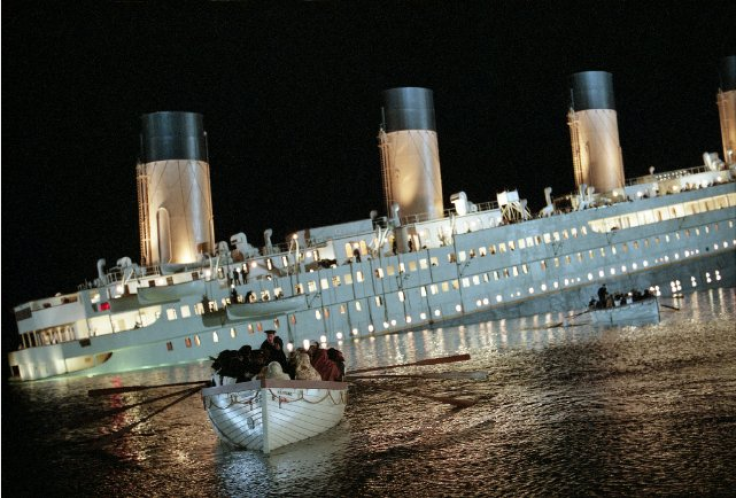"Women and Children First" Myth Debunked in Shipwreck Study

Chivalry may have died long ago reveals a new study of social norms of human helping behavior in ship wrecks, situations characterized by extreme stress and danger.
After studying 18 maritime disasters spanning over three centuries, Swedish researchers found that "women and children first" and the self-sacrificing captain who gives the order before going down with his ship is only a glorified myth and that human behavior in life-and-death situations is much less gallant and was better described by "every man for himself".
The latest findings revealed that with the exception of the sinking of the Titanic in 1912, women and children were significantly less likely to survive a sinking ship compared to men, and male members of a ship's crew almost always had the best chances of survival compared with male and female passengers.
The study, published in the journal Proceedings of the National Academy of Sciences, 18 maritime disasters from 1852 to 2011, involving more than 15,000 passengers from more than 30 nations, found that the survival rate of women was on average about half that of men and children having the worst chances of surviving a maritime disaster.
The study authors said that unless men engaged in self-sacrificing, helping behavior, they generally have better survival prospects.
“That women fare worse than men has also been documented for natural disasters,” study authors Mikael Elinder, an economist at Uppsala University, and Oscar Erixon, an economist at the Research Institute of Industrial Economics, in Sweden, wrote in the study. “It seems as if it is the policy of the captain, rather than the moral sentiments of men, that determines whether women are given preferential treatment in shipwrecks.”
The notable exception was the Titanic disaster, in which the captain ordered a women-and- children-first evacuation, and officers had reportedly shot men who disobeyed, resulting in a survival rate of women that was three times higher than that of men with more than 70 percent of female passengers surviving compared to less than 20 percent of men.
The other maritime disaster studied by the researchers that found a higher survival rate in women was in the HMS Birkenhead which sank in 1852 with the loss of 365 lives, while the survival rates across the 16 other wrecks was on average 18 percent for women, 35 percent for men and 60 percent for crew members who may be more familiar with the ships and emergency procedures and are more likely to know how to swim, the authors wrote.
Researchers found that out of the 16 shipwrecks studied where survival rates of women generally fared significantly worse than survival rates of men, regardless of whether the ship sank slowly or quickly, only about nine of the 16 captains sank with their ships.
The study authors indicated that the gap in survival rates between men and women began to decrease after World War I, suggesting that higher female status in society may have improved their survival rate.
“On the basis of our analysis, it becomes evident that the sinking of the Titanic was exceptional in many dimensions,” the authors wrote.



























